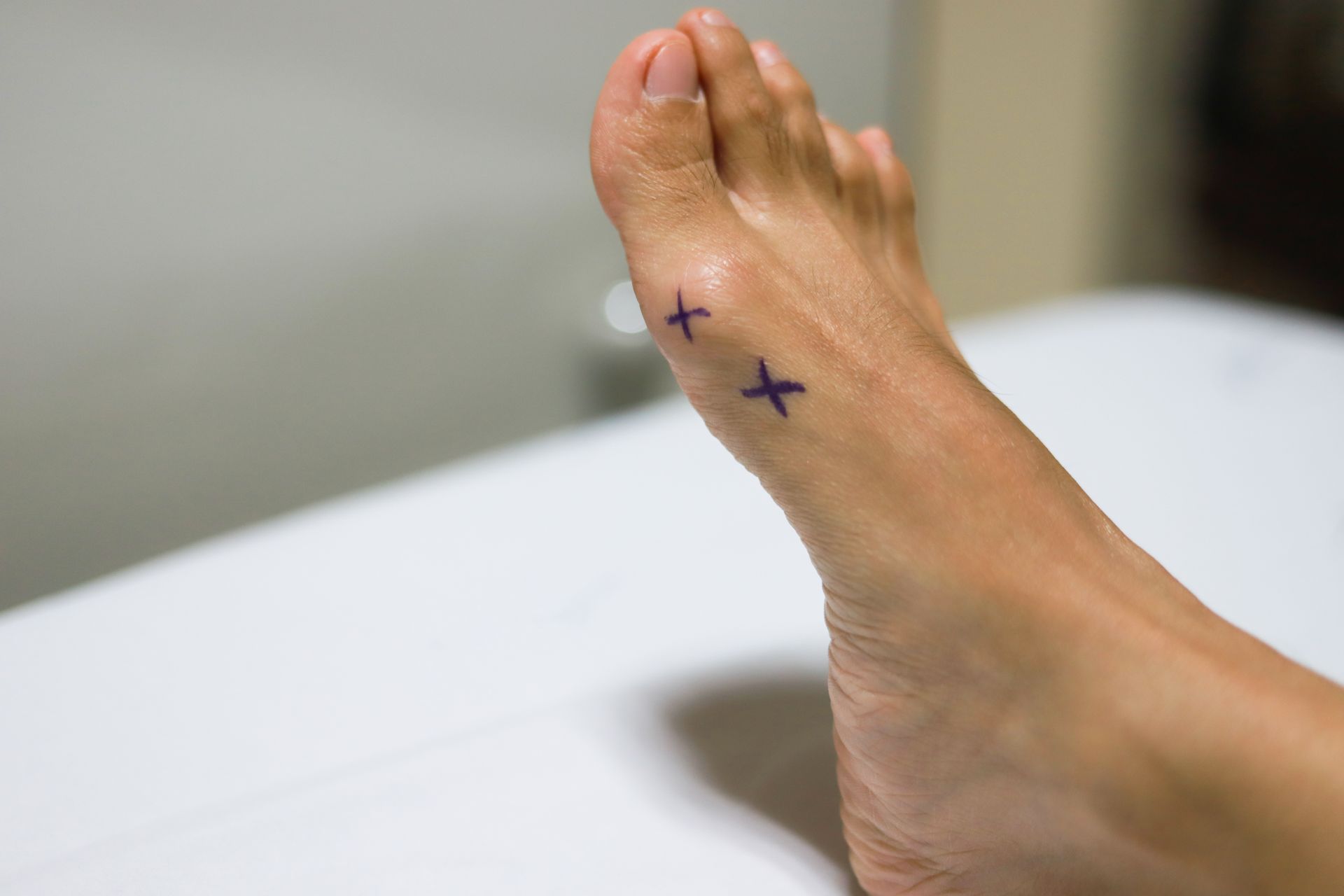Keller Bunionectomy: Advantages and Disadvantages
The Keller bunionectomy is one of the oldest procedures for surgical correction of painful bunions . It is reserved for patients who are older and have lower physical demands. This procedure allows correction of mild to some severe-sized bunions. A good candidate is typically someone in or near their 80s, with a painful bunion, who walks more back on the heels than forward on the balls of their feet.
What is the Keller Bunionectomy?
The surgery is performed as an outpatient surgery, and IV sedation, or “twilight sleep,” is used for anesthesia. During the surgery a local numbing medicine similar to Novocain is placed in the foot to help keep patients comfortable. The surgery begins with a small incision over the big toe joint. The bones of the big toe joint are cut in precise ways to allow realignment of the bunion deformity. The bones are then stabilized with temporary (also called percutaneous) pins that are removed in the office 4 to 6 weeks following surgery. In some cases, the pins do not need to be used.
Advantages of the Keller Bunionectomy
- Shorter Recovery - Because of the specific ways
the bones are cut for a Keller bunionectomy, they don’t actually have to mend
together for the toe to be stabilized. This
allows for shorter healing time and a faster return to regular shoes.
- Immediate Weight-bearing - This procedure allows
immediate weight-bearing in a protective shoe, following the surgery.
- No Cast - A soft bandage and a protective shoe provide
adequate safety to the surgical site.
- Ideal for Older Patients – The above advantages
make the procedure ideal for elderly patients with painful bunions who cannot
tolerate a long period of non-weightbearing and who have concerns about their
ability to heal from a more extensive procedure.
Disadvantages of the Keller Bunionectomy
- Shortens the Toe - The Keller bunionectomy
involves the cutting of one of the cartilage surfaces of the big toe joint.
This will shorten the big toe to some degree and will bother younger, more
active patients.
- Decreased Toe Purchase - Removing a portion of
the cartilage surface of the big toe joint can result in a big toe joint that
does not purchase the ground fully. In younger, more active patients, this can
create problems within other areas of the foot.
These disadvantages point to the fact that this procedure has some clear limitations. However, in an older patient with low physical demands who wants to be able to comfortably wear an orthopedic or SAS style shoe, this can be a very beneficial procedure. Patients should contact a foot surgeon with extensive bunion experience to determine if the Keller bunionectomy is best for them.


